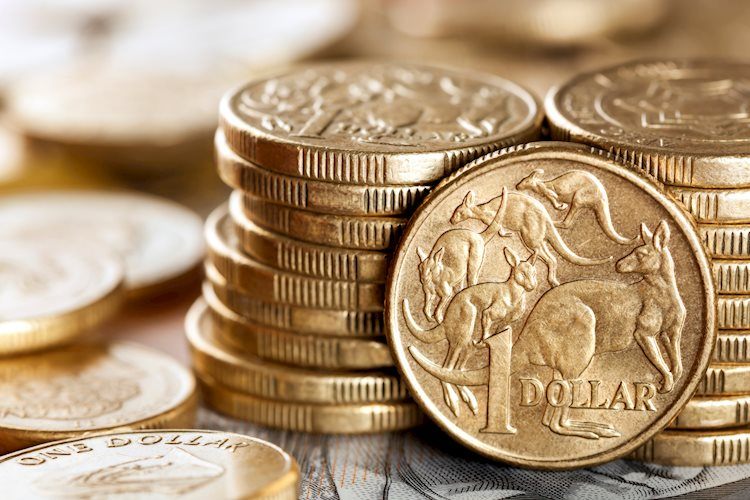- AUD/USD attracts some buyers for the second successive day, though lacks bullish conviction.
- Expectations for a less hawkish Fed, sliding US bond yields weigh on the USD and lend support.
- Looming recession risks and the cautious mood act as a headwind for the risk-sensitive Aussie.
The AUD/USD pair adds to the previous day’s strong gains and edges higher for the second successive day on Wednesday. Spot prices, however, seem to struggle to capitalize on the move and remain below the 0.7000 psychological mark through the mid-European session.
The Australian Dollar continues to draw some support from the RBA’s hawkish outlook, signalling that further rate increases will be needed to ensure that inflation returns to target. Apart from this, the emergence of fresh selling around the US Dollar turns out to be another factor acting as a tailwind for the AUD/USD pair.
Against the backdrop of the upbeat US NFP report, Fed Chair Jerome Powell on Tuesday acknowledged that interest rates might need to move higher than expected if the economy remained strong. Powell, however, reiterated that the process of disinflation was underway and fueled speculations that interest rates may not rise much further.
Reviving bets for an imminent pause in the Fed’s policy-tightening cycle triggers a fresh leg down in the US Treasury bond yields, which, in turn, weighs on the USD and lends support to the AUD/USD pair. That said, a generally weaker tone around the equity markets holds back bulls from placing fresh bets around the risk-sensitive Aussie.
The market sentiment remains fragile amid worries about economic headwinds stemming from the continuous rise in borrowing costs, the COVID-19 outbreak in China and the protracted Russia-Ukraine war. Apart from this, fears about worsening US-China relations further temper investors’ appetite for riskier assets and cap the AUD/USD pair.
The aforementioned mixed fundamental backdrop makes it prudent to wait for some follow-through buying before confirming that the recent pullback from the highest level since June 2022 has run its course. In the absence of any relevant market-moving US macro data, traders on Wednesday will take cues from speeches by influential FOMC members.
